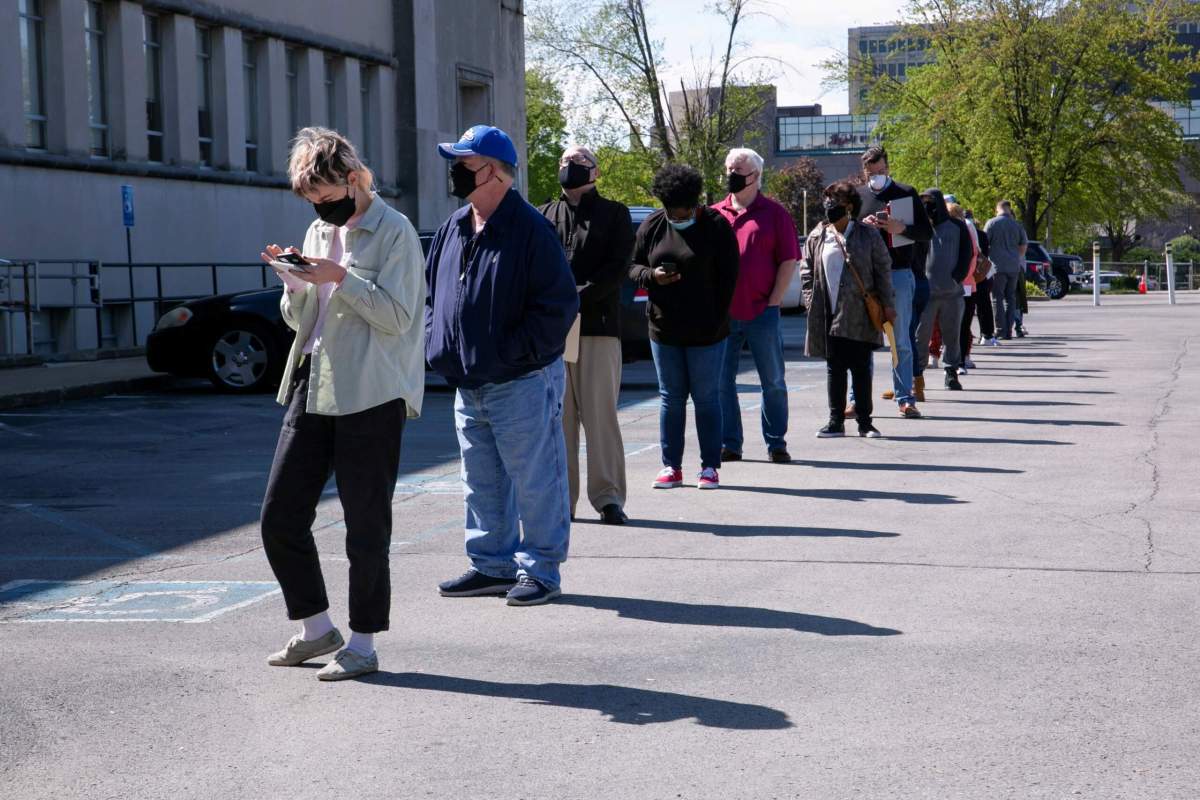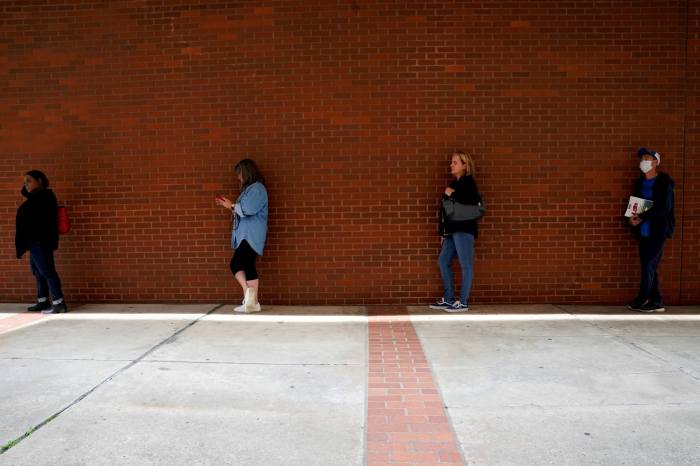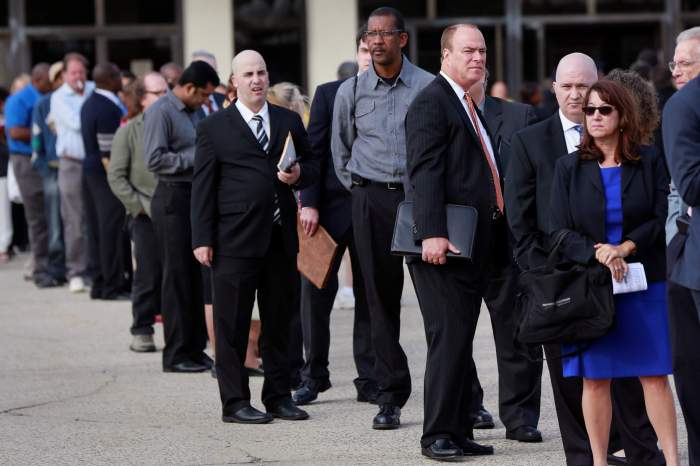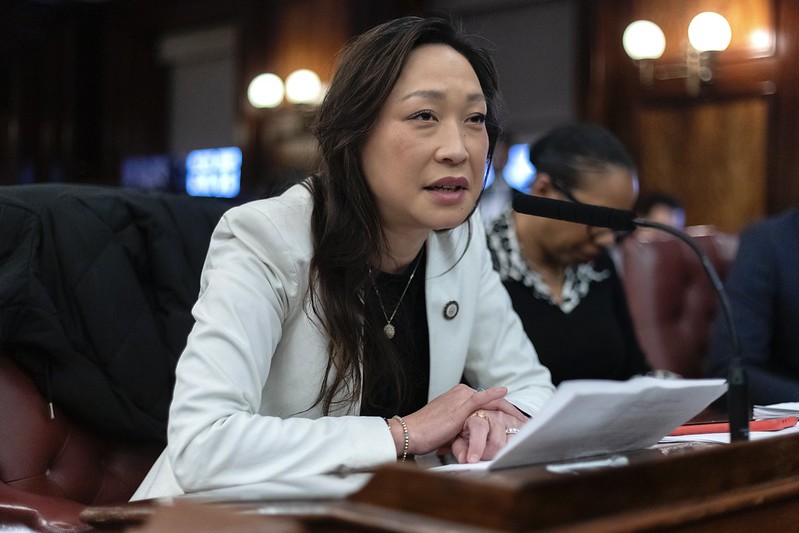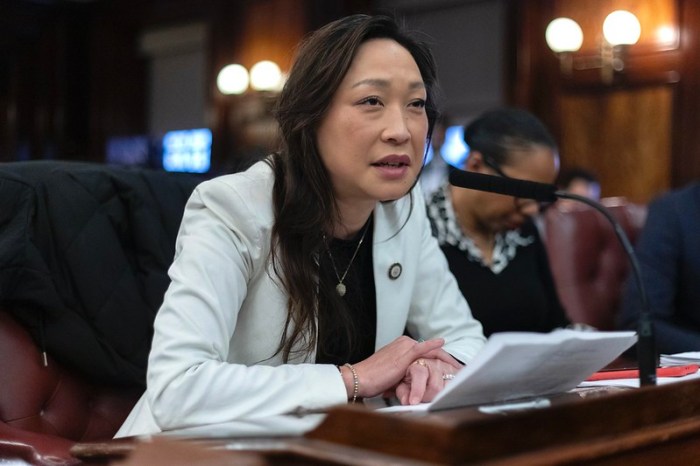The number of Americans filing new claims for unemployment benefits fell more than expected last week as companies held onto their workers amid a growing labor shortage that helped to curb job growth in April.
The scramble for workers comes as the economy is experiencing a boom in demand, resulting in widespread shortages of inputs at factories and fanning inflation. Producer prices increased more than expected in April, leading to the biggest annual gain since 2010, other data showed on Thursday.
Initial claims for state unemployment benefits fell 34,000 to a seasonally adjusted 473,000 for the week ended May 8, the Labor Department said. That was the lowest since mid-March 2020, when mandatory closures of nonessential businesses were enforced to slow the first wave of COVID-19 infections.
Economists polled by Reuters had forecast 490,000 applications for the latest week. The decrease in claims was led by Michigan, New York and Florida.
Though job openings are at a record 8.1 million and nearly 10 million people are officially unemployed, companies are scrambling for labor. Layoffs are at all-time lows.
Generous unemployment benefits, fears of catching COVID-19, parents staying home to care for children and raw material shortages as well as pandemic-related retirements and career changes have been blamed for the disconnect. The economy created 266,000 jobs in April after adding 770,000 in March, the government reported last week.
“With demand for workers high and layoffs relatively low, we should see strong hiring in the months to come, as barriers to employment, such as lack of child care, lessen,” said Robert Frick, corporate economist at Navy Federal Credit Union in Vienna, Virginia.
“For many, especially low-wage workers, returning to a job is a puzzle in which several pieces, such as child care, transportation, wage levels, and benefits must fall into place.”
Some economists believe the enhanced unemployment benefits programs, including a weekly $300 government subsidy, could be encouraging some people to attempt to file a claim for assistance, keeping claims well above the 200,000 to 250,000 range that is viewed as consistent with a healthy labor market.
Jobless claims have dropped from a record 6.149 million in early April 2020. Several states in the South and Midwest, such as Tennessee and Missouri, that have unemployment rates below the national average of 6.1% have recently announced they will end federally funded pandemic unemployment benefits next month.
U.S. stocks opened higher on the claims data. The dollar was steady against a basket of currencies. U.S. Treasury prices were higher.
DEMAND BOOM
The number of people receiving benefits after an initial week of aid fell 45,000 to 3.655 million in the week ended May 1. Some people are finding work, while others are exhausting their eligibility for benefits, limited to 26 weeks in most states. About 5.3 million people were on extended benefits during the week ended April 24.
Another 433,209 were on a state program for those who have exhausted their initial six months of aid. At least 16.9 million people were collecting unemployment checks under all programs at the end of April.
The government has provided nearly $6 trillion in pandemic relief over the past year. More than a third of the population has been fully vaccinated, leading many states to lift most capacity restrictions on businesses.
The massive fiscal stimulus and improving public health have unleashed a demand boom that is pushing against supply constraints, resulting in an acceleration in inflation.
In another report on Thursday, the Labor Department said its producer price index for final demand rose 0.6% in April after surging 1.0% in March. A 0.6% increase in the cost of services accounted for about two-thirds of the rise in the PPI.
Services increased 0.7% in March. Goods prices gained 0.6% last month after surging 1.7% in March.
In the 12 months through April, the PPI shot up 6.2%. That was the biggest year-on-year rise since the series was revamped in November 2010 and followed a 4.2% jump in March.
The year-on-year PPI was boosted as last spring’s weak readings start dropping out of the calculation.
“Inflationary pressures are building because of the reopening of the economy, supply chain issues and a global semiconductor shortage,” said Ryan Sweet, a senior economist at Moody’s Analytics in West Chester, Pennsylvania.
The government reported on Wednesday that consumer prices increased by the most in nearly 12 years in April, reflecting bottlenecks in the supply chain and strong demand for tourism-related services as the economy reopens.
Signs that inflation is heating up have left investors fearing the Federal Reserve could raise interest rates sooner than expected. But Fed Vice Chair Richard Clarida said on Wednesday it would be “some time” before the economy is healed enough for the U.S. central bank to consider scaling back its support.
The Fed slashed its benchmark overnight interest rate to near zero last year and is pumping money into the economy through monthly bond purchases. It has signaled it could tolerate higher inflation for some time to offset years in which inflation was lodged below its 2% target, a flexible average.
The Fed’s preferred inflation measure, the core personal consumption expenditures price index is at 1.8%.



